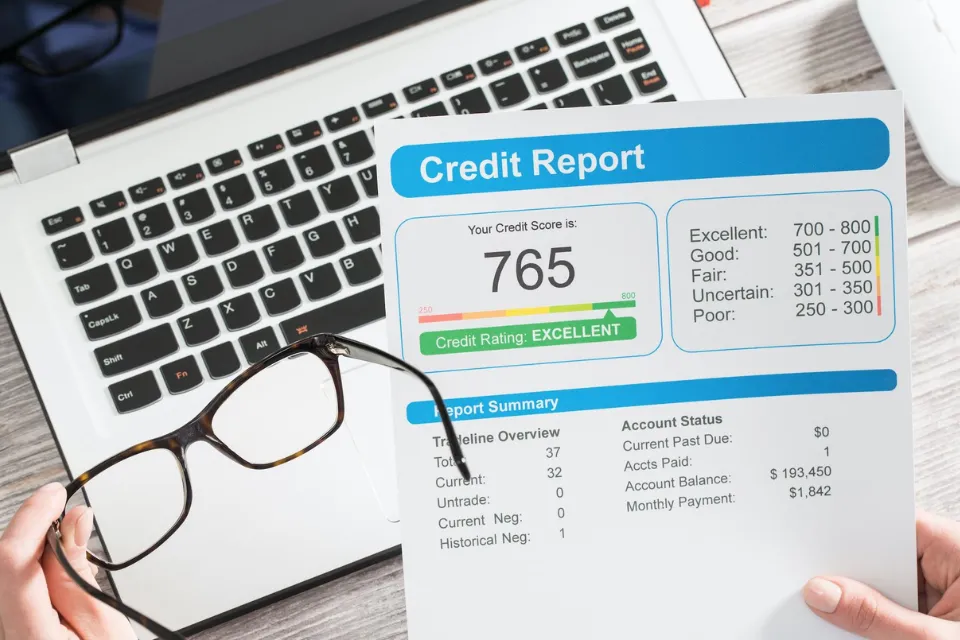When you fail to make a timely payment on a bill, the creditor has the option to report it to the consumer credit bureaus, which can negatively impact your credit score. However, under certain circumstances, you may be able to have the late payment removed. This includes situations where you made the payment on time but it was reported incorrectly, or if the late payment is older than seven years and should no longer be reflected on your credit report.
Late payments can have a negative impact on your credit score, as they are considered derogatory marks on your credit reports. If you come across an incorrect late payment on your credit reports, you have the option to file a dispute with either the creditor or the relevant credit bureau to request its removal.
However, it’s important to note that if the late payment is accurate, you are unlikely to be successful in having the derogatory mark removed before the designated time. Below, we provide information on how to request the removal of inaccurate late-payment marks from a credit bureau, as well as additional steps you can take if the marks are not a mistake.
Take a look at your credit records.
Keep an eye out for late or erroneous payments.
Challenge the error.
What if there isn’t a mistake?
Take a look at your credit records.
Regularly reviewing your credit reports from Equifax, Experian, and TransUnion is crucial for identifying any inaccurately reported late payments. Late payments are typically associated with specific credit accounts and may be indicated with distinct symbols or codes, along with the duration of the lateness.
Since credit reports can vary among the bureaus, it’s essential to review reports from all three to ensure a comprehensive assessment.
Keep an eye out for late or erroneous payments.
If you come across a late payment on your credit report, it’s important to investigate it thoroughly. Let’s consider the following few scenarios:
- Mistakenly reported late payment: If you believe you made the payment on time despite the report indicating otherwise, verify your payment records by reviewing account statements and payment confirmations. It’s possible that it’s an error that needs to be addressed.
- Late payment beyond seven years: Late payments should be removed from your credit reports after seven years from the initial delinquency. If you encounter a late payment that exceeds this time frame, it could be an error, and you can proceed with disputing it.
By identifying and addressing any inaccuracies or outdated late payments on your credit reports, you can maintain the accuracy and integrity of your credit history.
Challenge the error.
If you come across an incorrect or outdated late payment on your credit reports, you have options for disputing it. You can file a dispute with the credit bureau that issued the report as well as with the creditor responsible for reporting the information.
When disputing with the creditor, they have 30 days to investigate your claim. If they agree that the late payment is incorrect, they are required to inform the credit bureau to update or remove the information and notify other bureaus they provided the data to.
If you choose to dispute directly with a credit bureau, you should file a separate dispute with each bureau that contains the erroneous or outdated late payment. The bureau will then have 30 days to investigate the dispute.
What if there isn’t a mistake?
It’s important to note that if the late payment is accurately reported, it is unlikely to be removed from your credit reports. Be cautious of any claims or methods that promise to remove inaccurate late payments, as they are likely scams.
To avoid late payments on your credit reports, it is crucial to pay your bills on time and in full. Setting up automatic payments for your credit accounts can be a helpful strategy. If a late payment does appear on your credit reports, its impact will lessen over time, especially if you have been actively working on improving your credit.
Remember that accurate late payments typically remain on your credit reports for seven years before they are removed.
Goodwill Letter
Writing a goodwill letter to your creditor and explaining why you were unable to make a payment on time is one proposal you may come across. It’s crucial to keep in mind that creditors are required to provide accurate information to the credit bureaus, so there is no assurance that your account will be updated as a result of a goodwill letter.
It can be advantageous to get in touch with your issuer as soon as you can if you discover that you’ve made a late payment before it appears on your credit reports. If this is the first time you’ve missed a payment, you may be able to work out a solution with your issuer if you address the problem right away.
Option to pay for deletion
A different strategy you might encounter is known as “pay-for-delete,” which entails bargaining with a debt collector to have a collection account removed from your credit reports in exchange for money. It’s not advised to choose this route, though. It is doubtful that creditors will consent to the removal of negative account information unless it is inaccurate because they are mandated to report accurate information. It is better to save money and update any inaccurate information yourself.
Furthermore, you should be aware that a pay-for-delete contract with a collections firm often only deletes the paid collections account from your reports, not the original account or any associated late payments.
Next steps
Your creditworthiness is heavily influenced by your credit payment history, and late payments can negatively affect your credit reports for up to seven years.
You have the choice to file a dispute and ask the creditor or credit bureau to remove the false information if you discover a late payment item on your credit reports that is incorrect.
